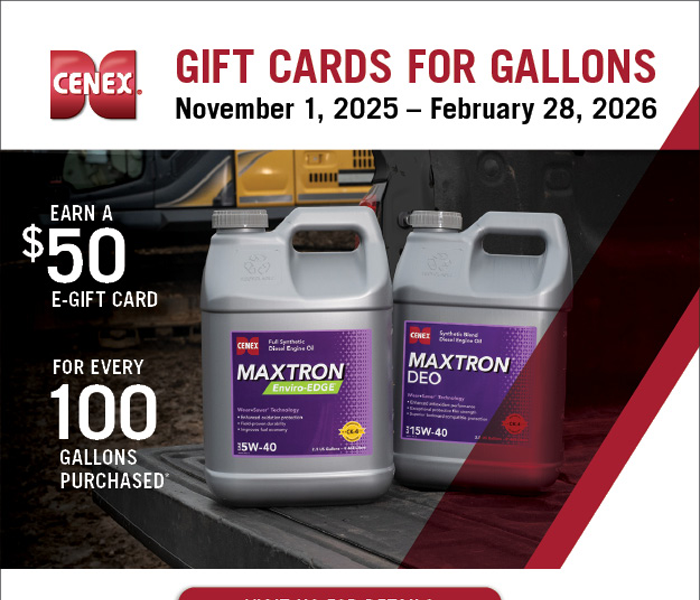Premier Co-op

December Energy News
I hope you were able to enjoy Thanksgiving with family and friends. And I hope you’ve recovered from your food coma. For the 10 of you (including my mom) who read my newslett...

As alfalfa growers gear up for another season, experts are urging a sharper focus on three critical areas that can make or break a harvest: when to cut, how to feed the soil, and how to stay ahead of pests.
Cutting by Height, Not by Calendar
One of the most impactful changes growers can make is shifting from calendar-based cutting to height-based harvest timing. Research shows that cutting alfalfa at 28 inches tall—rather than on a fixed date—can significantly improve both yield and forage quality.
“Each inch of growth adds about 126 pounds of dry matter per acre,” says one agronomist. “But waiting too long increases the risk of lodging and reduces digestibility.” Tools like the PEAQ stick help farmers measure plant height and predict forage value, making it easier to time the first cut for peak performance.
Feeding the Soil for Resilient Growth
Soil fertility remains a cornerstone of alfalfa productivity. Regular soil and tissue testing helps ensure optimal levels of potassium (K), sulfur (S), and boron (B)—nutrients essential for plant health, protein formation, and winter survival.
Potassium, for instance, is extracted at a rate of about 50 lbs per ton of harvested forage and plays a key role in photosynthesis and water regulation. Sulfur and boron, both prone to leaching in high-rainfall areas, should be applied annually. Experts recommend pairing these nutrients with potash applications or foliar sprays to maintain balance throughout the growing season.
Pest Control: Early Action Pays Off
Insect pressure from pests like alfalfa weevil and potato leafhopper can devastate yields if not addressed early. Scouting is critical—especially in the Midwest and Eastern U.S., where these pests thrive in spring and summer conditions.
Growers are advised to monitor fields closely and apply insecticides when thresholds are met. For alfalfa weevil, action is needed when 30–40% of plants show feeding damage. For potato leafhopper, sweep net scouting is essential, particularly in new seedings.
A Profitable Path Forward
By aligning harvest timing with plant development, maintaining nutrient-rich soils, and staying ahead of pest threats, alfalfa growers can unlock more of their crop’s genetic potential. These strategies not only boost yield and quality but also improve stand longevity and profitability.
For more detailed recommendations, please reach out to your Premier agronomist to learn more.